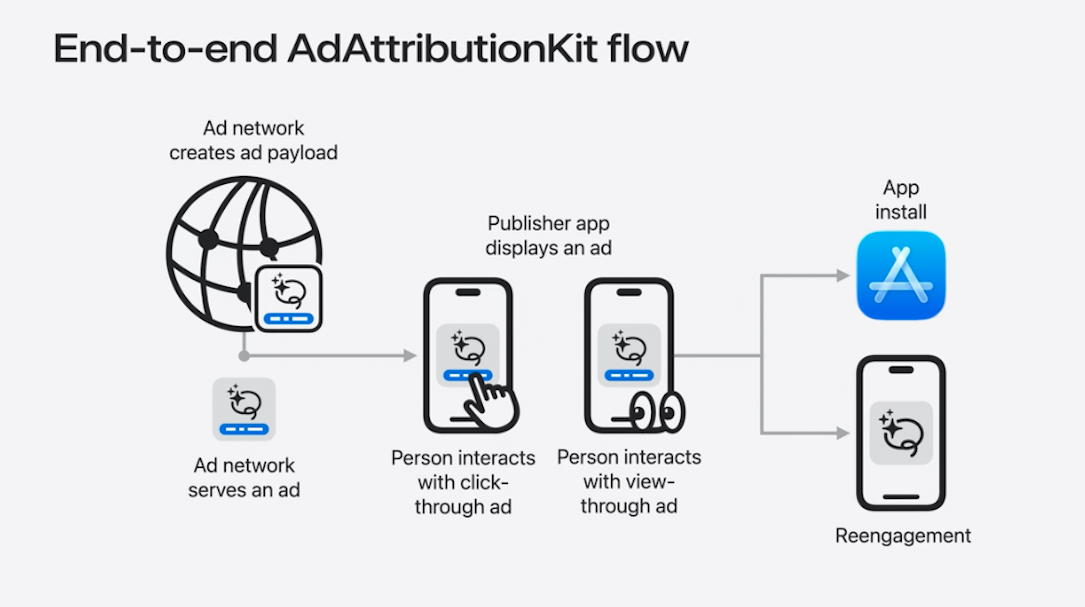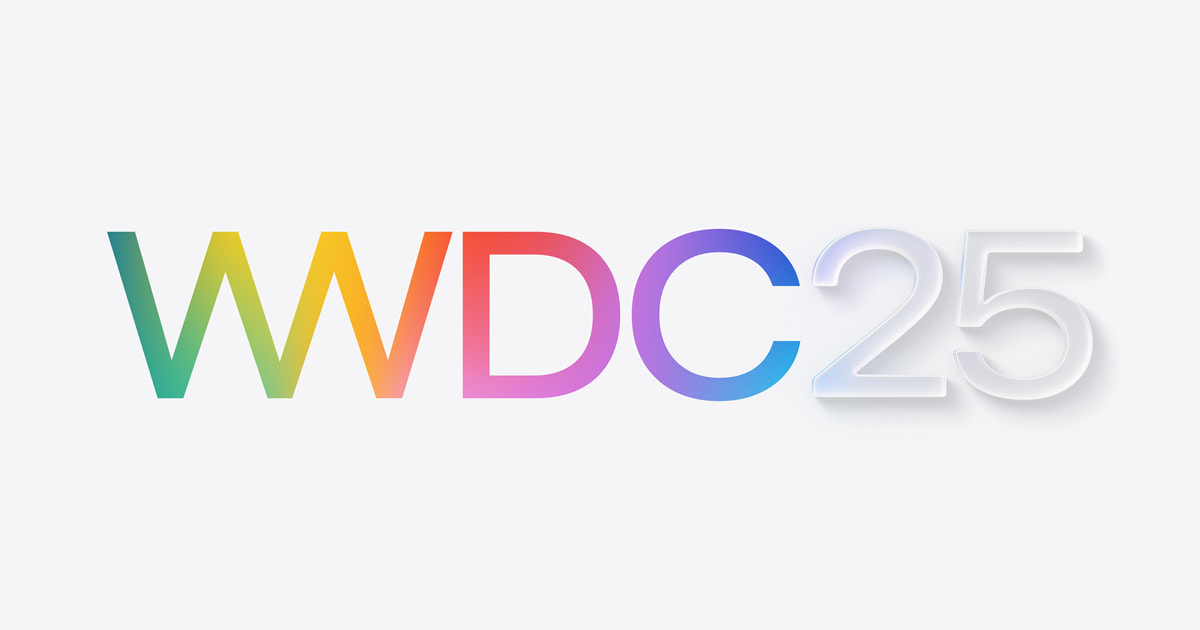Apple’s Worldwide Developers Conference has once again set the tone for the next year in mobile, and the message from the iOS 26 announcements is loud and clear: privacy is not just a feature, it’s the foundation. For users, this means a more secure and private experience on their iPhones. For marketers and app developers, it signals a fundamental reshaping of the tools and strategies that have long been the industry standard.
This year’s updates go far beyond the aesthetic overhaul of “Liquid Glass.” Apple has introduced a formidable suite of privacy enhancements, from deeper protections against fingerprinting to a more sophisticated ad attribution framework. Let’s break down the most impactful changes.
Safari’s Enhanced Shield: Advanced Fingerprinting Protections
In iOS 26, Safari gets a significant upgrade in its fight against user tracking. The new advanced fingerprinting protections are now on by default and take a more aggressive stance to prevent companies from creating a unique identifier for your device based on its specific characteristics.

This is achieved by blocking or limiting access to a range of APIs that are commonly exploited for fingerprinting. This includes data points such as:
- Screen dimensions
- CPU core details
- Installed fonts
- Speech synthesis voices
- Web Audio and 2D Canvas rendering specifics
- Apple Pay capability
By restricting access to this information, Apple is making it significantly harder for trackers to stitch together a unique profile of a user as they browse the web, thereby enhancing user anonymity.
The End of an Era for Tracking Parameters: Link Tracking Protection
One of the most significant changes for digital marketers is the introduction of Link Tracking Protection across Safari (in Private Browse), Mail, and Messages. This feature automatically strips out common tracking parameters from URLs.
For years, marketers have relied on parameters like utm_source, utm_campaign, and gclid to measure the effectiveness of their campaigns and attribute user actions to specific channels. With this new protection, a significant portion of this granular tracking will be lost for users on iOS 26. While this is a major win for user privacy, it will require a strategic shift from marketers who will need to lean more heavily on aggregated and privacy-preserving measurement solutions.
Here is a list of measurement parameters that Safari will most likely strip:
- Utm_source: Campaign source (Google Analytics)
- Utm_medium: Marketing medium (Google Analytics)
- Utm_campaig:n Campaign name (Google Analytics)
- Utm_term: Paid search keywords (Google Analytics)
- Utm_content: Ad content identifier (Google Analytics)
- Gclid: Google Ads click identifier
- Fbclid: Facebook click identifier
- Mc_cid: Mailchimp campaign ID
- Mc_eid: Mailchimp encrypted email ID (user identifier)
- Msclkid: Microsoft Ads click identifier
- Dclid: Google Display Network click identifier
- Igshid: Instagram link sharing ID
- Vero_conv: Vero (email marketing platform) conversion ID
- Wickedid: Wicked Reports tracking ID (attribution platform)
- trk_*: Various generic tracking parameters (common in B2B marketing platforms)
A Quieter Digital Life: Privacy Upgrades in Phone and Messages
Apple is also extending its privacy focus to the core communication apps. The Messages app will now feature a new screening tool for messages from unknown senders. These messages will be relegated to a separate folder, keeping your primary inbox cleaner and protecting you from potential spam or phishing attempts.
The Phone app also sees the introduction of “Hold Assist,” a quality-of-life feature with a privacy angle. It can monitor a call when you’re on hold and notify you when a human representative comes on the line, reducing the time you need to have your phone to your ear and potentially exposing your conversations to your surroundings. Call Screening picks up the phone for you from unknown callers and first asks what the call is about, afterwards provides real-time transcripts of the answer locally on the device.

Intelligence on Your Terms: The Power of On-Device AI and Visual Intelligence

A cornerstone of Apple’s AI strategy, dubbed Apple Intelligence, is its commitment to on-device processing. This means that the vast majority of AI-powered tasks in iOS 26 will happen directly on your iPhone, without your data ever being sent to the cloud. This is a fundamental privacy advantage over many competing AI solutions that rely on cloud-based processing.
This on-device approach is particularly evident in the new Visual Intelligence features. You’ll be able to interact with the content on your screen in new ways – for instance, copying text from a photo of a storefront or getting information about a landmark – all without that visual information leaving your device. This ensures that your interactions with the world around you, as captured by your phone, remain private.
The Next Generation of Attribution: AdAttributionKit vs. SKAdNetwork
For app marketers, the evolution of Apple’s ad attribution framework is a critical area to watch. With iOS 26, we are seeing a significant maturation from the initial SKAdNetwork (SKAN) to the more robust AdAttributionKit.
While SKAN laid the groundwork for privacy-centric ad measurement, AdAttributionKit introduces a new level of sophistication and control for advertisers. Key improvements include:
- Customizable Attribution Windows and Re-engagement: Advertisers can now define the lookback windows for ad impressions and clicks, allowing for more tailored and accurate attribution.
- Configurable Cooldowns: This feature helps to prevent “attribution poaching” by setting a period after a conversion during which no other ad interaction can claim credit.
- Country Codes in Postbacks: When crowd anonymity thresholds are met, postbacks will now include a country code, providing more geographical context for campaign performance.
It’s important to note that AdAttributionKit and SKAdNetwork will coexist for a time, with the system determining the winning ad impression for a conversion. However, the direction is clear: Apple is providing advertisers with more powerful and flexible tools within its privacy-preserving framework.

The Road Ahead: Adapting to a Privacy-First World
The privacy features introduced in iOS 26 are more than just incremental updates; they represent a significant step forward in Apple’s long-term privacy vision. For users, this means greater peace of mind and control over their digital footprint.
For marketers and developers, this is a call to action. The era of unchecked data collection and granular user tracking on iOS is definitively over. Success in this new landscape will require a strategic pivot towards privacy-safe measurement, a deeper understanding of aggregated data, and a renewed focus on building trust with users. The tools are changing, and so too must the strategies.
Get in touch with us today to tackle any privacy related questions you are facing and get the ball rolling for your app growth journey. Contact us by filling in our contact form here.



